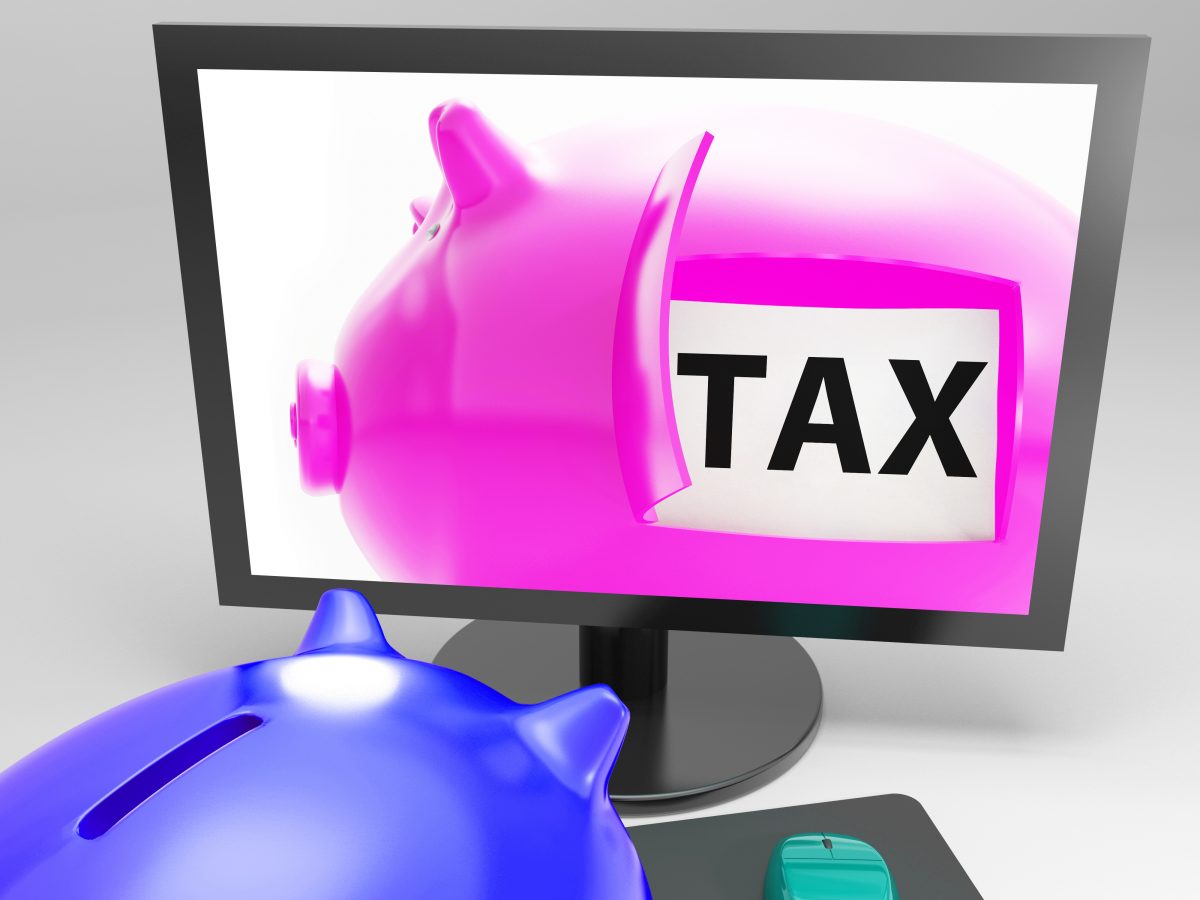Since my last blog introducing “making tax digital “ things have moved on, so this week’s blog is an update on what we know so far, and how it may affect you – as it will!
In August 2016 HMRC issued policy papers together with six consultations on MTD. In a press release it says that it’s a digital revolution for the tax system to cut red tape for British business!
It will apply to a wide range of taxpayers from 2018, including most businesses, self-employed people, landlords as well as individual taxpayers. Currently only businesses and landlords with a turnover (not profit) of under £10,000 are exempt.
Once implemented, in theory you will be able to see, via your personal digital account, a complete picture of your tax affairs, and you’ll be able to manage all of your liabilities at the same time and in the same place.
HMRC will collect and process information in real time and you’ll no longer have to wait until the end of the tax year to see how much you owe. Sounds lovely, but how are HMRC going to get the information?
Businesses will have to report figures quarterly to HMRC, making adjustments at the year end for accounting and tax adjustments. Records will have to be kept digitally with the expectation that invoices, receipt etc will be kept digitally through software, using apps and cameras to upload pdf’s etc. Some free software may be available online, but HMRC will not be providing its own free software to help you!! That means, no more waiting to the year end and handing over a shoebox of receipts to your accountant – HMRC need up to date information quarterly!
But don’t worry – they haven’t decided on the fines yet for late filing………but they will!
Although HMRC claims that the annual tax return will go, businesses will still need to prepare year end accounts in order to reconcile their quarterly payments and claim various reliefs and make accounting adjustments.
They will be required to file a year end declaration, instead of a personal or corporation tax return. The key difference between the year end declaration and a tax return, other than in name, appears to be that HMRC will pre-populate some of the return figures, e.g. bank interest, income from employment.
For the self employed, it is assumed that HMRC might attempt to pre-populate the year-end declaration with data submitted in the quarterly return figures, however, as currently it the case with VAT, a VAT registered businesses will still need to reconcile their quarterly returns to their year-end accounts and so all must reconcile to the end of year declaration.
Oh – and all taxpayers will need to check that pre-populated data is correct!
So… the upshot of all these changes are that, as a business owner, you are going to have to sooner or later, go digital with your accounts. All the “cloud” package providers will be making sure their software provides HMRC with the information they will need, so you just need to find the one you like and get going!!
For more information, or advice on how to choose the right digital accounts package for you contact Rosie Forsyth.


You must be logged in to leave a reply.